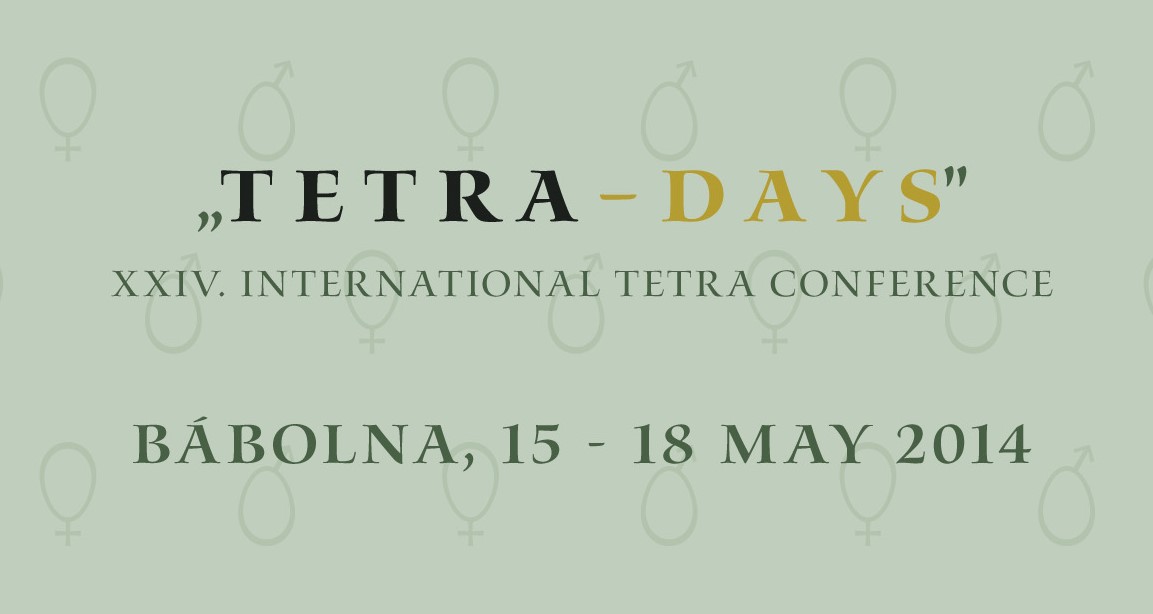Toggle nav
Tetra Days focus on breeding for the future

Over 200 international business relations of the Hungarian layer breeding company, Tetra, took part in the 'Tetra Days'. The participants first attended a seminar on breeding topics. Onwards they visited a nearby commercial layer operation. The next day a visit to “Szarka Ferenc”, the newly built state of the art hatchery of Tetra was on the programme.
Since 1969, Tetra has been active on the international markets, said Zoltan Buda, general director of Tetra in his opening address to the audience. "But since the company was privatised in 2004, we have further expanded our international activities, which resulted in our current true presence around the world. Tetra is a serious player on the global layer market."
Precise selection Being a modern layer breeding company, demands that we must permanently keep pace with global demands, chief geneticist Dr Forgacs Barnabas said. "But apart from modern and efficient selection techniques, individual performance testing is still an important tool. Therefore, we nowadays possess new and modern testing facilities with 21,000 individual cages. Here individual parameters are measured, like egg production and quality."
Also genomic selection nowadays is an important tool to very precisely predict productive parameters, said Dr Andreas Hidas, senior research fellow. However, it is not the only answer, he added. As important is to be very selective. Understand which weapons to use to select genetic markers. The genetic environment is changing. Variability is the basis of selection. We must understand that there is more than just hen productivity. Achieve sustainable production, rather than just focus on peak production. It is a plus and minus game and try to keep the diversity under control. Performance tests cannot be eliminated or replaced by genomic selection. It is an addition. The value of genomic selection lies in collecting components with a good chance of heritage and include those in our breeding programme, Hidas concluded.
Finally, breeding is also a matter of selecting for behaviour, said George Buza, referring to research at the university of Kaposvar. That means breeding birds that thrive in housing systems that are currently use in- and outside Europe.
Layer farm and hatchery Additional to the oral presentations, the international audience of the Tetra days benefitted from the opportunity to pay a visit to a nearby located professional layer farm. Here 400,000 brown Tetra layers are kept, primarily for liquid egg processing.
The final part of the programme was a visit to the new advanced hybrid hatchery at Uraiüjfalu. With an annual capacity of 35 million eggs, this new hatchery has been developed with single stage incubators, automation and environmental control from Pas Reform. Opened last March, the new site includes 12 SmartSetPro 6 setters, 12 SmartSetPro 2 setters, 22 SmartHatchPro hatchers and an onsite Watter disinfection production system.
The hatchery uses various renewable energy sources to deliver environmental and energy-efficient benefits in its operation, including a heat transfer system, which uses the heat produced by the developing embryos during incubation to preheat fresh air intake within the hatchery's ventilation and climate control systems.
Tetra distributes its Tetra grandparent- and parent breeders to chick hatcheries producing commercial egg layers for egg producers in over 40 countries around the world. The company's hatchery expansion is the result of increased sales and the development of three new hybrid lines: HB Color, Blanka and SL Long Life.